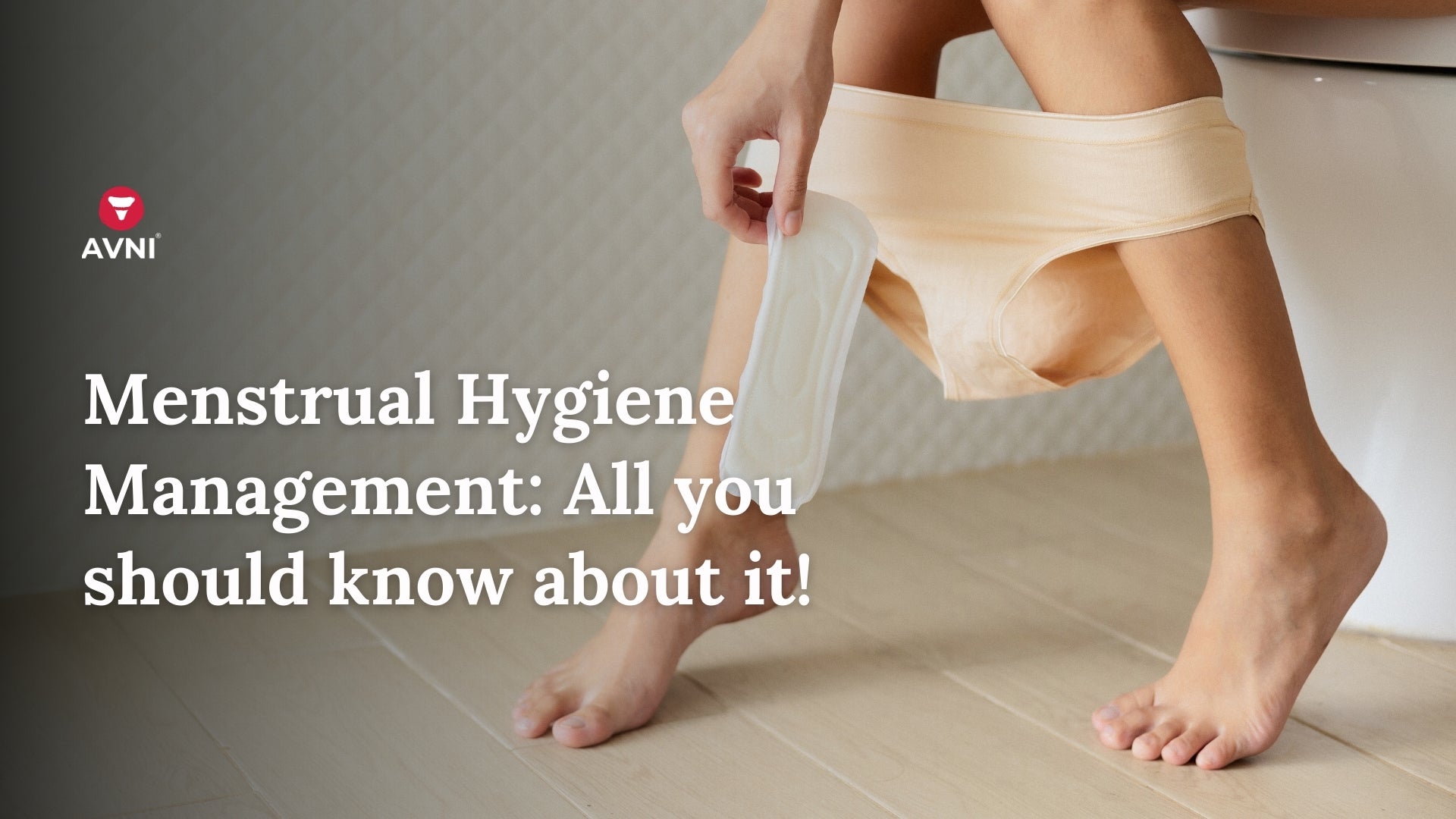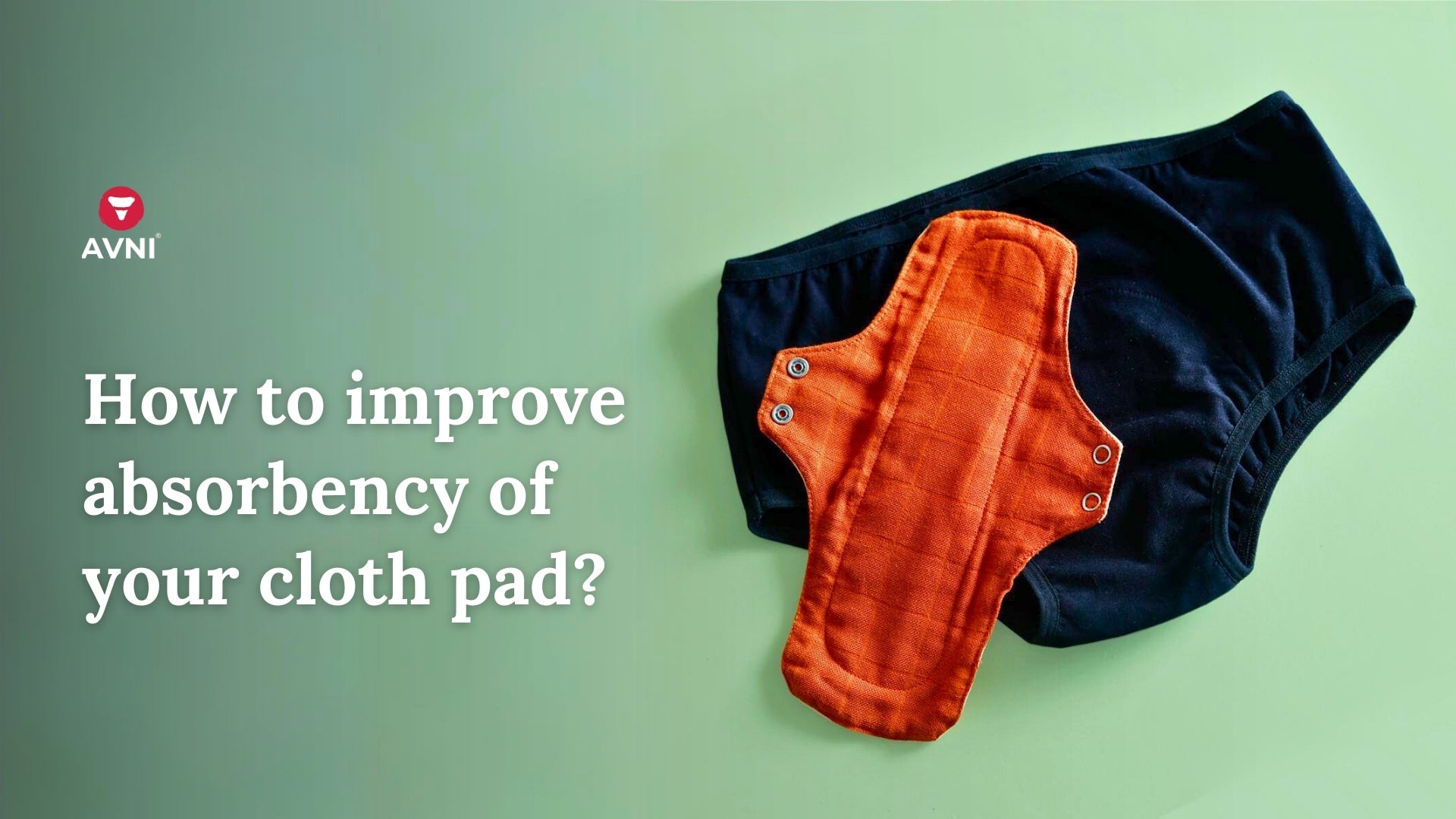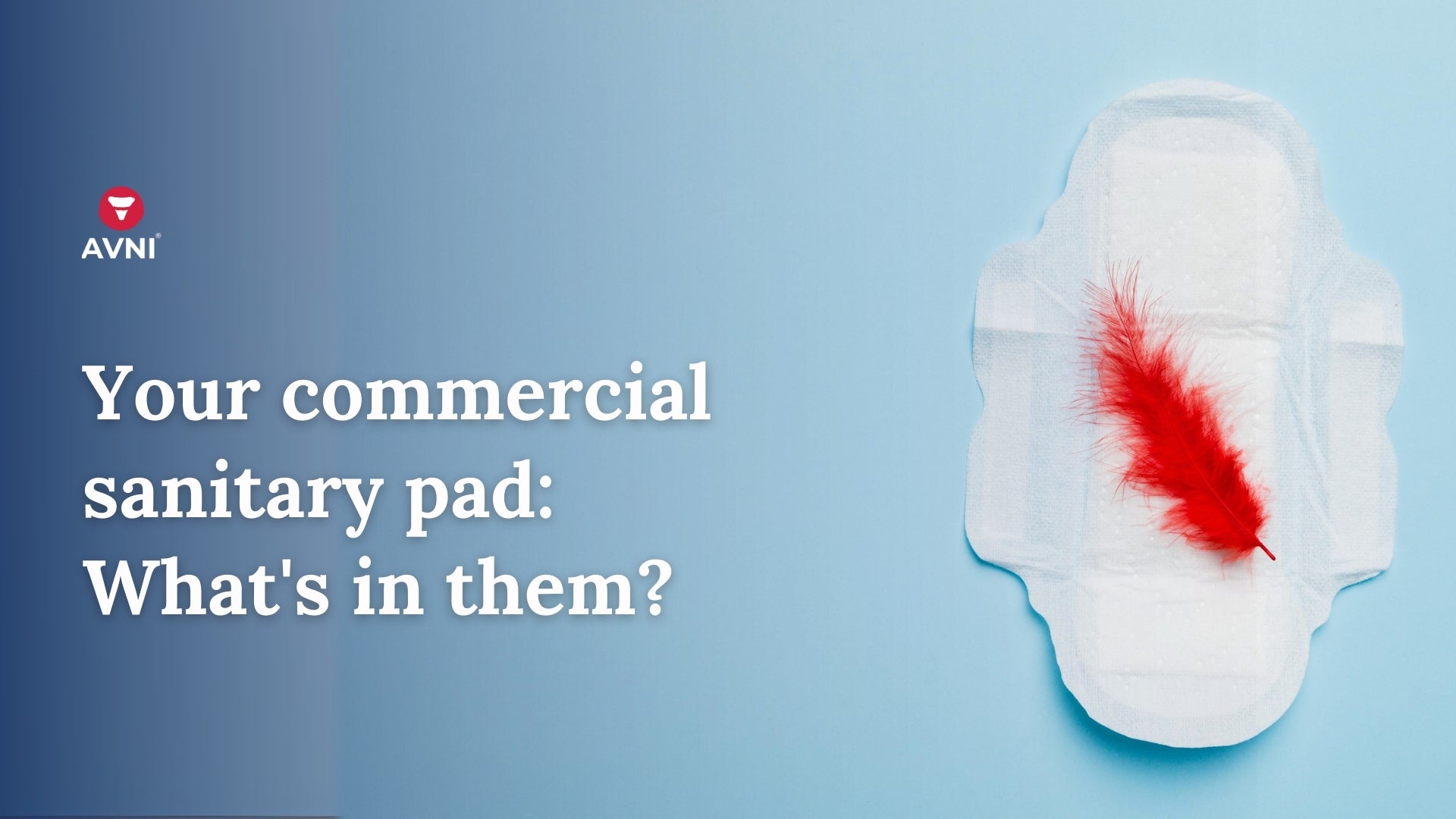
Menstrual Hygiene Management: All you should know about it!
There are 1.8 billion people across the world who menstruate almost every month. However, within this population, many girls, women, transgender men, and non-binary persons are unable to undergo their monthly menstrual flows cleanly and healthily.
Menstrual management ensures that menstruators experience their menstrual cycles in a dignified manner. This is why proper menstrual hygiene management is essential to women’s health.
Maintaining good hygiene practices during your period can help reduce the risk of illnesses and infections.
In this article, we’ll discuss menstrual hygiene and why menstruators must take care of their vaginal health during their menstrual cycle.
We’ll also cover the missing parts of menstrual hygiene management and how women can maintain their vaginal health. So if you’ve ever wanted to know more about menstrual hygiene, read on!
What is menstrual hygiene management?
Menstrual hygiene management (MHM) describes all the actions and decisions women and girls take to cleanse, absorb, or manage blood and discharge during menstruation. MHM encompasses everything from washing with water or wiping with a cloth to using pads, tampons, or menstrual cups. It also includes how women and girls dispose of used materials and how they manage any odor associated with their menstrual flow.
Good MHM practices are essential for both physical and psychological health. Poor MHM can lead to infections, odors, and embarrassment, leading to social isolation and missed days of work or school.
In some parts of the world, girls may drop out of school once they begin menstruating because they lack adequate MHM facilities and supplies.
Many factors contribute to good MHM practices, including access to clean water and soap, private toilets, and garbage disposal facilities; affordable menstrual products; education on proper MHM techniques; and cultural norms around menstruation.
Governments and NGOs can play a role in improving MHM by providing funding for infrastructure improvements, distributing educational materials, or changing policies or regulations around menstrual product taxes or school attendance.
Types of menstrual hygiene management
There are various menstrual hygiene management products and methods available to women. The most common products are pads and tampons, which absorb menstrual flow.
Some women prefer to use menstrual cups or discs, which collect menstrual flow. Others use period-proof underwear with a special lining to absorb menstrual flow.
The best way to manage your menstrual hygiene depends on your preferences and lifestyle. Some women prefer to use one product or method throughout their cycle, while others like mixing things up. There is no wrong way to manage your menstrual hygiene as long as you feel comfortable and clean.
If you have any questions about menstrual hygiene management or want help choosing the best products, please consult your healthcare provider.

Signs of Missing Menstrual Hygiene Management
Several signs indicate a woman is not practicing adequate menstrual hygiene management. These include:
- A solid or unpleasant odor coming from the vagina
- Vaginal discharge that is stained with blood or has an unusual color
- Itching or burning in the vaginal area
- Swelling or redness in the vulva or vagina
- Pain during urination or sexual intercourse
If you notice any of these signs, you must see a healthcare provider as soon as possible. They can help determine if there is an underlying medical condition causing the symptoms and provide treatment if necessary.
How can women maintain their vaginal health?
Vaginal health is essential for overall health and well-being. The vagina is a self-cleaning organ, but there are things that women can do to maintain vaginal health.

- Keep the area clean
The vulva (the external female genitalia) should be washed with warm water and mild soap. Avoid using scented products, as they can irritate the skin. Be sure to wash all around the vulva, not just the vaginal opening.
- Avoid douching
Douching can increase the risk of infections by washing away healthy bacteria that protect against harmful bacteria and fungi. If you must douche, use only plain water.
- Use condoms during sex
Condoms help protect against sexually transmitted infections (STIs), including HIV/AIDS. They also reduce irritation and dryness during sex. Be sure to use a new condom every time you have sex, and follow instructions on how to put one on correctly.
- Change tampons and pads regularly during your period
Tampons and pads should be changed every four to eight hours to prevent bacterial growth and infection. Choose products with a low absorbency for lighter days to reduce irritation.
- Wipe from front to back after using the toilette
This helps prevent the spread of bacteria from the anus to the vagina or urethra.
Conclusion
Menstrual hygiene management is essential to women's health and should be taken seriously. It is essential to ensure that all girls and women have access to the information, products, and resources they need to manage their periods with dignity.
By understanding what menstrual hygiene entails, how to practice it properly, and which products are best suited for different needs, you can help create a healthier period experience for yourself or those around you. With these tips in mind, we hope you feel empowered to take charge of your menstrual hygiene!



Leave a comment
This site is protected by hCaptcha and the hCaptcha Privacy Policy and Terms of Service apply.